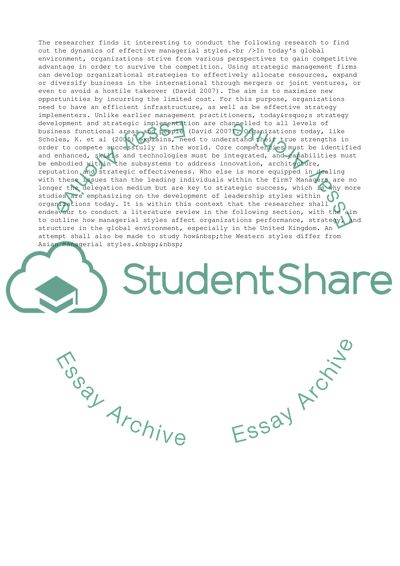Cite this document
(Effective Managerial Styles Literature review Example | Topics and Well Written Essays - 3000 words, n.d.)
Effective Managerial Styles Literature review Example | Topics and Well Written Essays - 3000 words. https://studentshare.org/management/1717267-effective-managerial-styles
Effective Managerial Styles Literature review Example | Topics and Well Written Essays - 3000 words. https://studentshare.org/management/1717267-effective-managerial-styles
(Effective Managerial Styles Literature Review Example | Topics and Well Written Essays - 3000 Words)
Effective Managerial Styles Literature Review Example | Topics and Well Written Essays - 3000 Words. https://studentshare.org/management/1717267-effective-managerial-styles.
Effective Managerial Styles Literature Review Example | Topics and Well Written Essays - 3000 Words. https://studentshare.org/management/1717267-effective-managerial-styles.
“Effective Managerial Styles Literature Review Example | Topics and Well Written Essays - 3000 Words”. https://studentshare.org/management/1717267-effective-managerial-styles.


